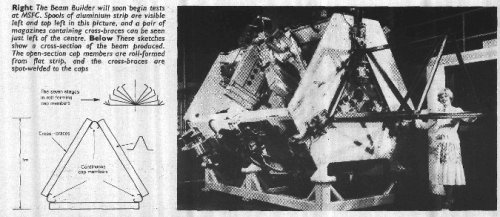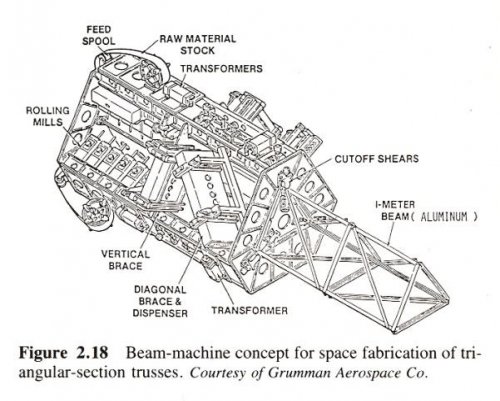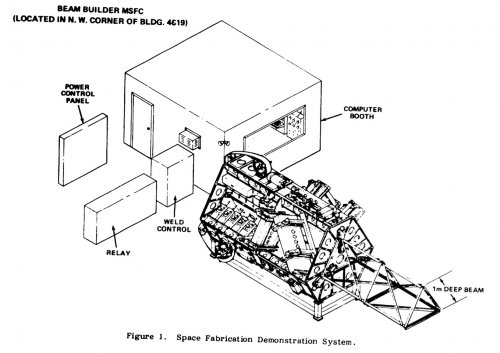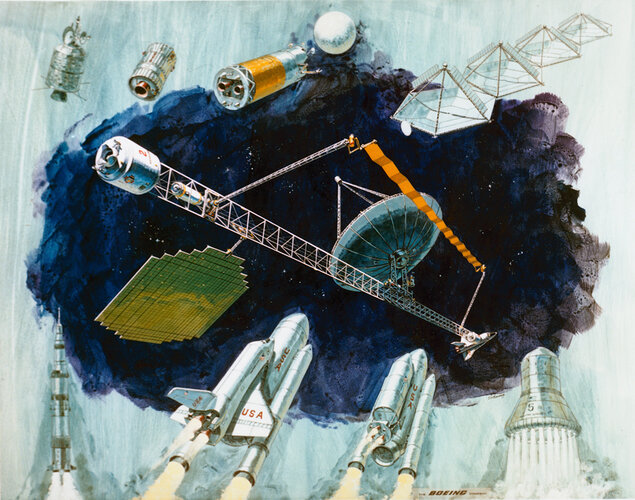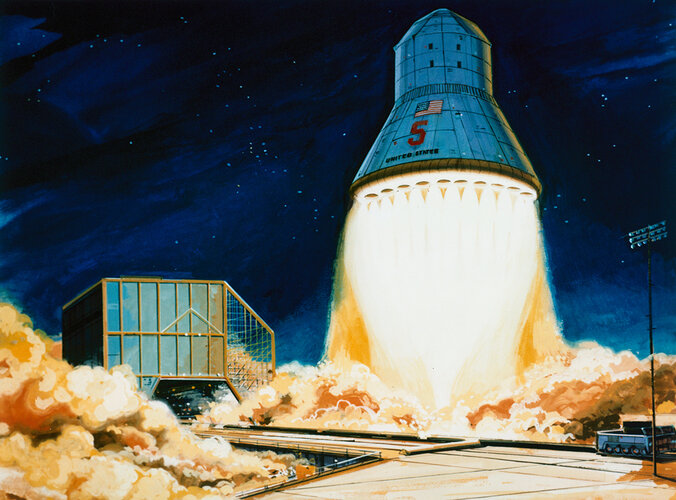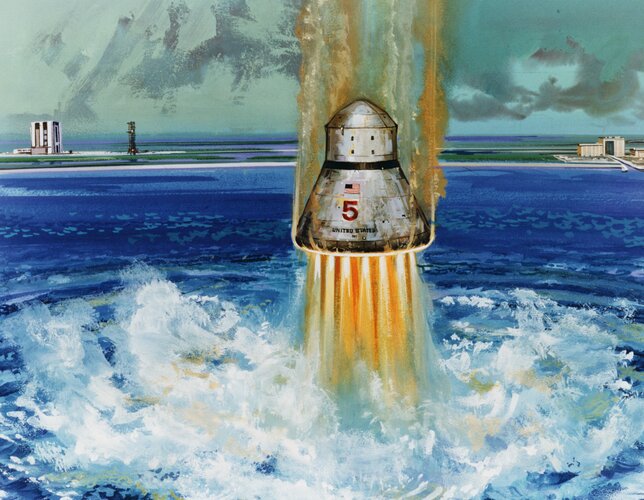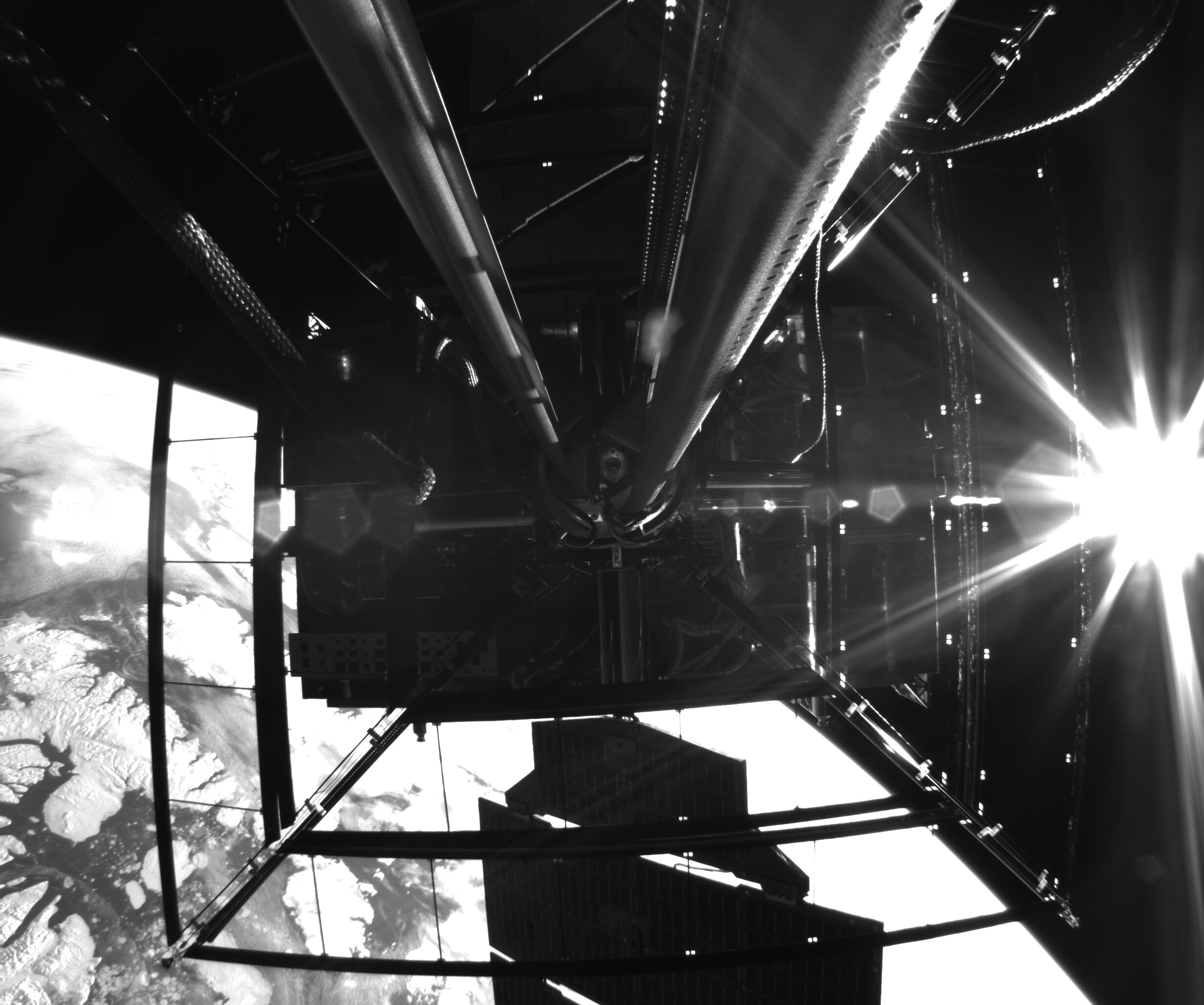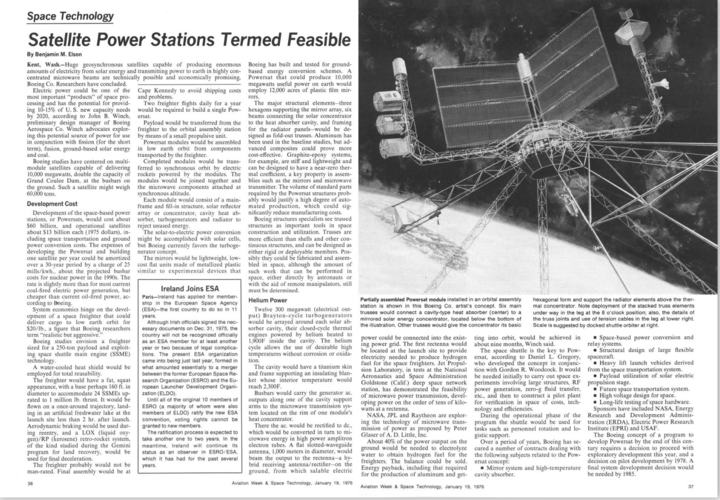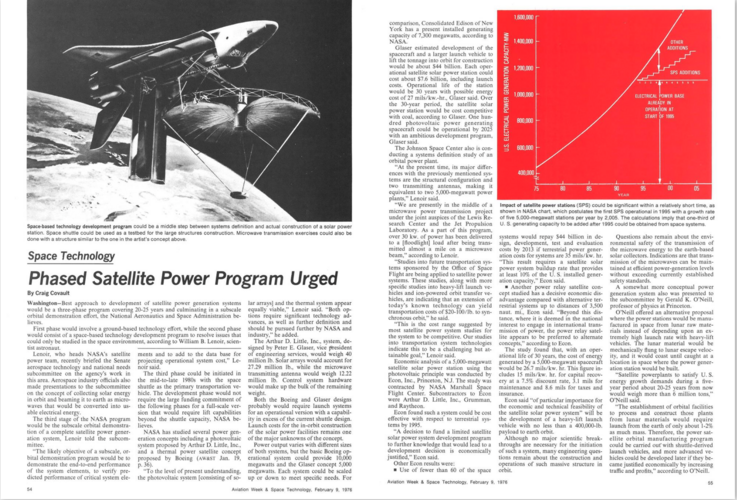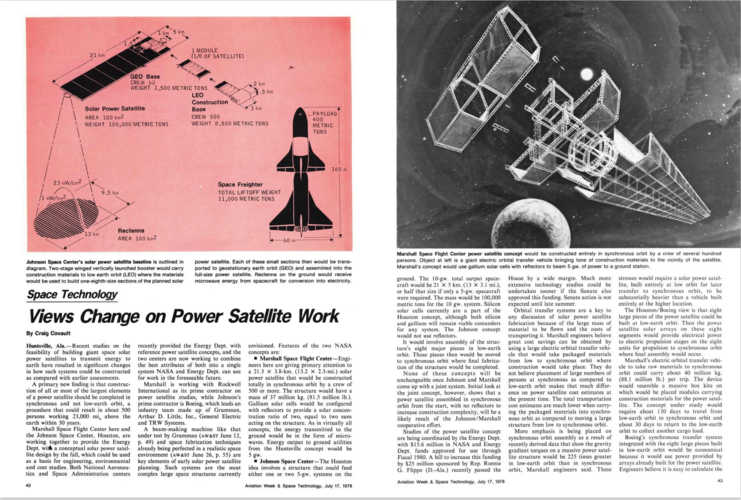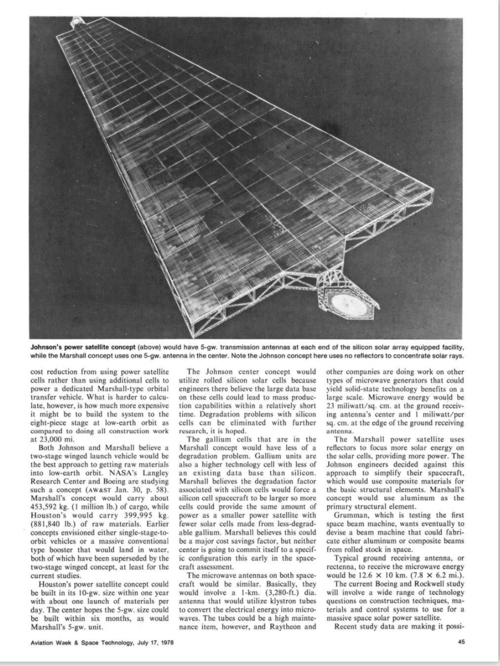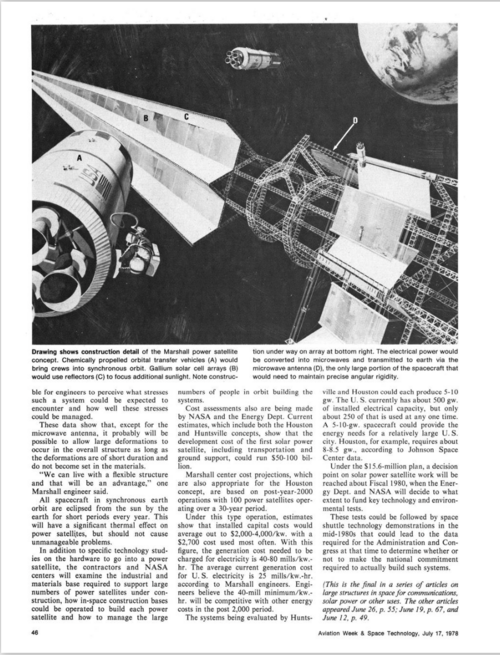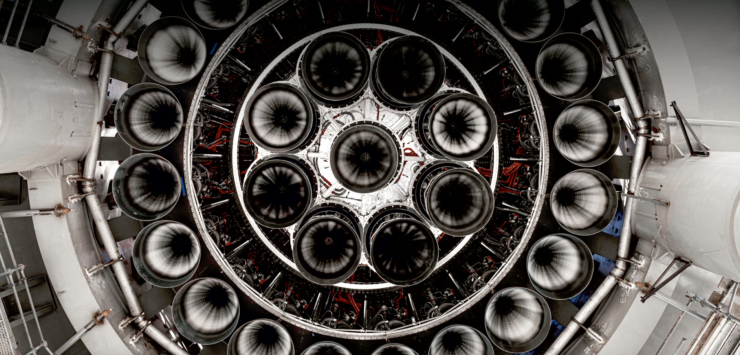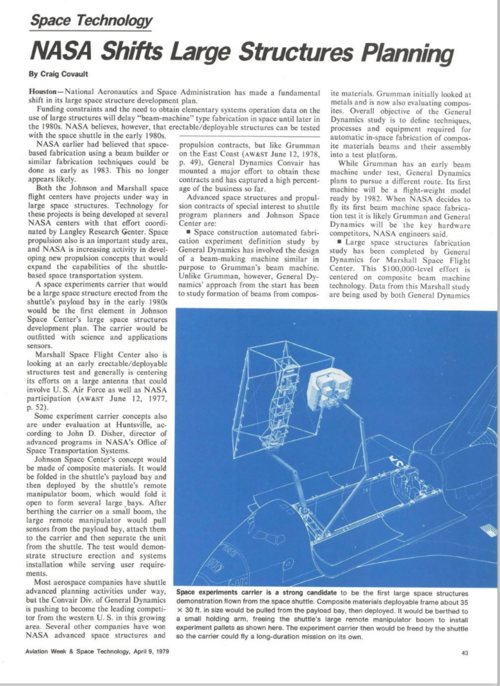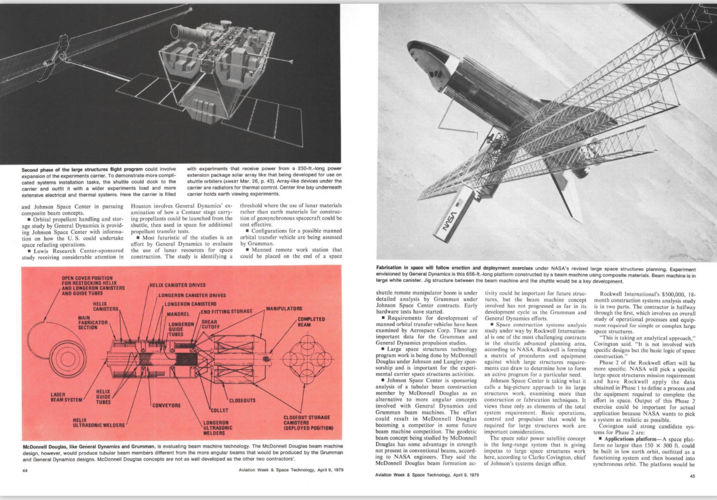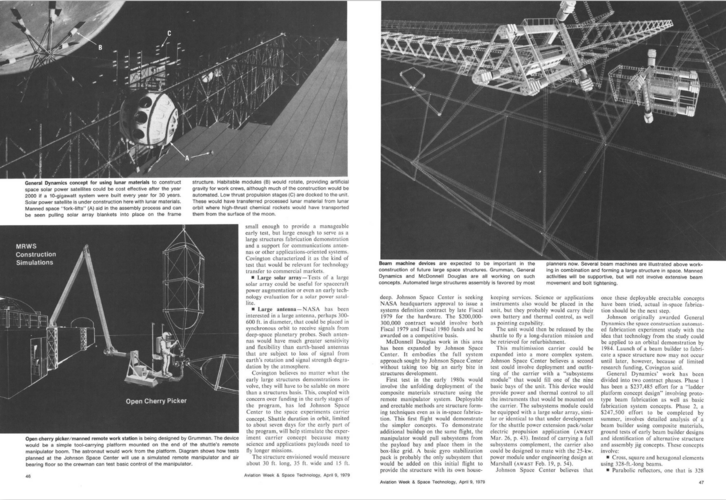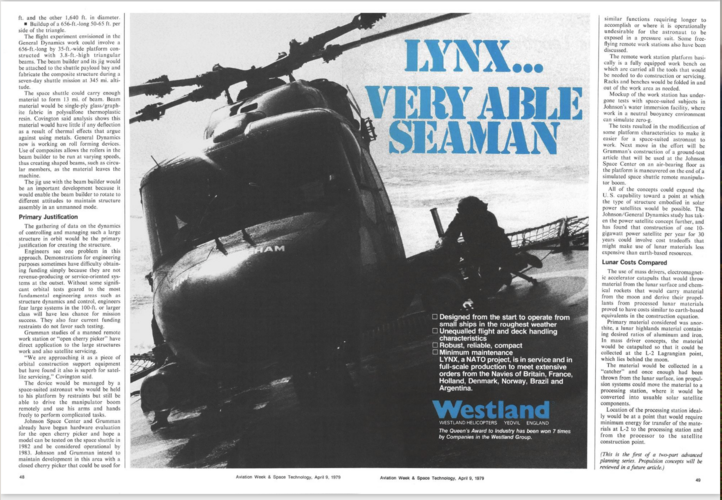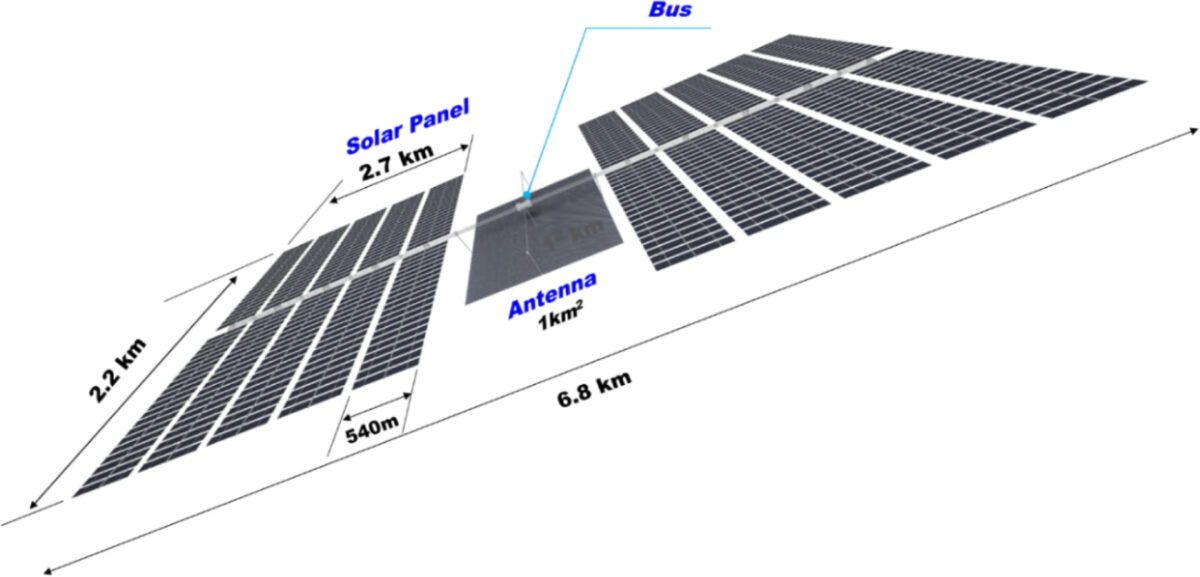Solar Power Satellites: Historical Perspectives with a Look to the Future
By Joseph R. Laracy, Damien Bador, Danielle Adams, Annalisa Weigel, Richard Chambers, Daniel Kwon, David Proudfoot, Shen Qu and Ted Shoepe
Abstract
Since the late 1960s, there has been interest in the United States, and later in other nations, to capture solar energy in space and efficiently transmit it back to Earth. Starting with his seminal paper in 1968, Dr. Peter Glaser began architecting a prototype system that was further explored by the US Department of Energy in the Concept Development and Evaluation Program. This initial study showed that the project was very ambitious and fraught with technical, social, and economic uncertainties. Energy economics and the lack of a reliable, high frequency space launch capability brought most research to a halt in the 1990s. This paper proposes a rational technical strategy to refocus Solar Power Satellite (SPS) research. It suggests a 30 year timeline for program milestones and analyzes potential technical performance. Real options analysis is used to manage uncertainty and permits the exploration of possible futures that are dependent on launch costs and electricity market prices. We propose that the U.S. can make progress toward implementing a small scale SPS system within several decades if work is begun now on technology development and on addressing societal concerns
Topics: solar power satellite (SPS), United States
Year: 2007
DOI identifier: 10.2514/6.2007-6057
OAI identifier: oai:dspace.mit.edu:1721.1/84442
Provided by:
DSpace@MIT
Downloaded from
http://dspace.mit.edu/bitstream/1721.1/84442/1/CP_070918_Laracy-Bador-etal_AIAASpace.pdf

